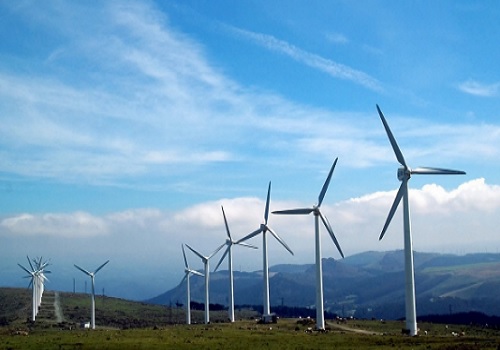India`s Oilseed Outlook : Balancing Production, Exports, and Market Dynamics Amidst Weather Challenges by Amit Gupta, Kedia Advisory

India anticipates a marginal decline in oilseed production for MY 2024/25, with a projected increase in oil meal exports driven by competitive pricing in the global market. Despite weather challenges, including a cyclone impacting crops, moderate rainfall promises a minimal impact on oilseed yields. Additionally, the extension of lower import duties on edible oils is expected to maintain affordable domestic prices, stimulating imports to meet rising domestic demand.
Highlights
Oilseeds Production Forecast: India's oilseeds production for MY 2024/2025 is projected to be 41.9 million metric tons (MMT), a slight decrease of 1.8% from the previous year's estimate of 42.7 MMT. This forecast takes into account factors such as fertilizer use, water reservoir availability, and predictions of normal weather conditions.
Oil Meal Production and Exports: Oil meal production for MY 2024/25 is expected to reach 21.5 MMT, with total oilseed crush estimated at 35 MMT. India's total oil meal exports are forecasted to be 3.2 MMT, reflecting a 3% increase compared to the previous year. This rise in exports is attributed to reduced domestic demand due to increased raw material prices, making the export market more favorable.
Export Market Trends: The demand for Indian oil meals in the export market has been rising, particularly for soybean meal, due to price competitiveness globally. This trend is filling the gap left by shortages in Argentinian soybean supplies. However, there was a temporary drop in export sales between November 2023 and January 2024 due to domestic price disparities.
Edible Oil Production Forecast: India's edible oil production for MY 2024/25 is forecasted at 9.1 MMT, a decrease from the current MY's 9.3 MMT. This forecast is based on the estimated availability of oilseeds for crushing, expected to reach 35 MMT. The extension of lower import duties until March 2025 is likely to keep domestic oil prices low, encouraging imports to meet growing domestic demand.
Weather Impacts: Moderate rainfall during the winter season resulted in a good rabi crop in northwestern India. Late snowfall in the north is expected to benefit cash and horticultural crops. However, a cyclone in Telangana impacted rabi crops like groundnuts. The forecast suggests minimal impact on oilseed crops despite a probability of less precipitation in northwest India in 2024.
Conclusion
India's oilseed sector faces a complex landscape of production, exports, and market dynamics. While weather challenges persist, the country is poised to navigate these hurdles with cautious optimism, leveraging competitive pricing and export opportunities to offset domestic fluctuations. The extension of lower import duties offers short-term relief, but long-term strategies for enhancing domestic production remain crucial for ensuring food security and stability in India's edible oil market. Collaborative efforts between the government, industry stakeholders, and agricultural experts will be instrumental in achieving a sustainable balance amidst evolving global and domestic factors.
Above views are of the author and not of the website kindly read disclaimer




















